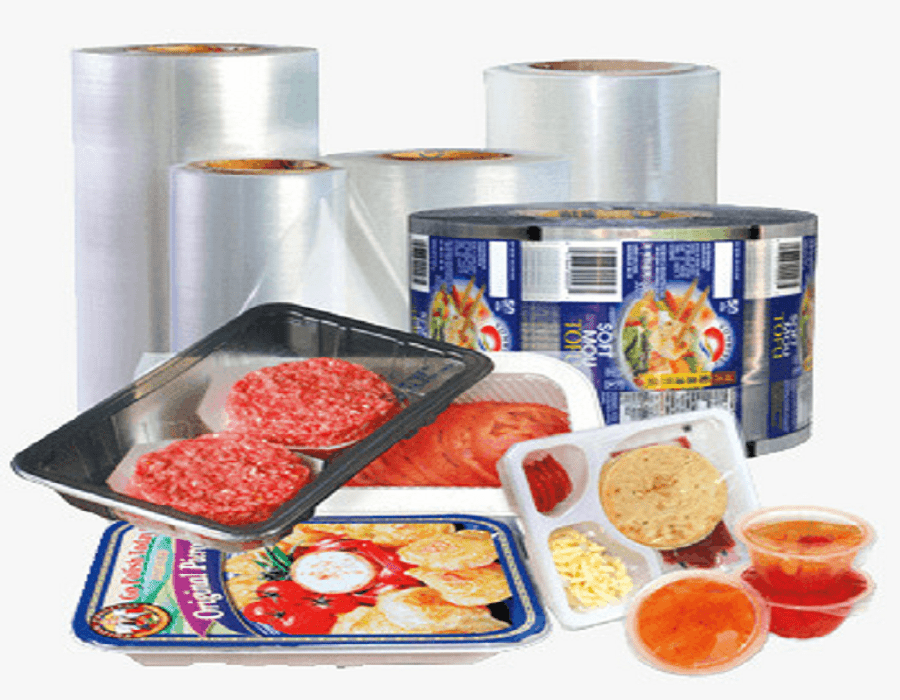The effect of POE-g-MA toughening agent on the impact property of PA6/PP compound

The effect of POE-g-MA toughening agent on the impact property of PA6/PP compound
Polyamide (nylon) thermoplastic resins are widely used due to a very suitable balance between process-ability and desired properties. The most commonly used nylons are nylon 6 (PA6), and nylon 6 and 6 (PA6,6). Some final applications of this resin require high impact properties at low temperatures, so different methods are used to increase the impact properties of these polymers. For example, for some applications, toughened nylon grades are used. But the most common method to overcome this problem is the combination of polymer with elastomers or thermoplastic elastomers grafted with maleic anhydride, such as ethylene-propylene grafted with maleic anhydride (EPR-g-MAH), or a thermoplastic elastomer such as styrene-ethylene-butadiene-styrene or SEBS-g-MAH which is grafted by maleic anhydride.
In many cases, due to the high price, lack of dimensional stability against water absorption, and lack of proper process-ability, the use of polyamide has been limited. Usually, PA6/PP compounds instead of pure polyamide are used in the industry to solve this problem.
In this article, to investigate POE is a relatively new polyolefin elastomer and has better processability than EPR with PP, which is investigated in this article in its two pure and grafted states.
Table1. The percentage composition of nanocomposites [1]

In compound prototyping, the effect of different percentages of POE and POE-g-MA from 5 to 20 weight percentage has been investigated.
As it is shown in figure1, adding pure POE to PA6/PP nanocomposites with 70/30 ratio causes to a slight increase of impact strength. This enhance has some limitations due to incompatibility between PA6, and POE. Thus, use of POE-g-MA in comparison to pure POE dramatically influences on impact strength of the polymer. So that with addition the amount of impact modifier, the properties due to the presence of POE-g-MA are increased compared to POE. For example, the compound containing 20% POE-g-MAH has an impact strength of about 6 times that of pure PA6/PP/Organoclay.

Fig. 1. Effect of elastomer concentration on impact strength of polyamide/polypropylene nanocomposite which is toughened by rubber [1].
In Figures 2 and 3, the changes of Kc (fracture toughness) and Gc (fracture energy) of all nanocomposites at two temperatures of -40°C and 25°C (RT: room temperature) are specified. As expected, Kc and Gc increase linearly with increasing POE value in a similar process. Also, it can be seen in both figures that all nanocomposites at room temperature show a higher value of Kc and Gc than at -40°C. In addition, the improvement of the impact property of POE-g-MAH compared to POE can be seen in the figure.

Fig. 2. Effect of elastomer content on Kc of PA6/PP nanocomposites toughened with rubber in high speed test [1]
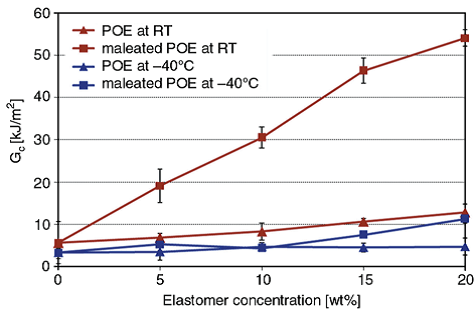
Fig. 3. Influence of elastomer content on Gc of PA6/PP nanocomposites toughened with rubber in high speed test [1]
The improvement of toughness in the compound can be explained as follows: When PP-g-MAH adds to PA6/PP, the interfacial adhesion between PA6 and PP is enhanced by the formation of PA6-g-PP copolymer. Also, because of physical similarity, intermolecular adsorption (physical entanglement) may occur between PP and POE. These two factors promote compatibility between PA6 and POE. The interaction between POE and PA-g-MAH and the mechanism of compound toughness improvement can be seen in Figure 4.
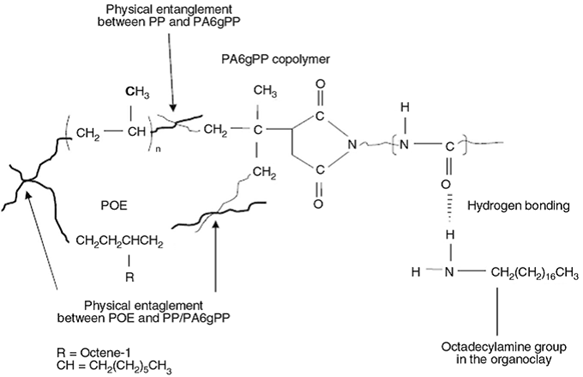
Fig. 4. Interaction between POE and PA-g-MAH [1]
As seen in Figure 5, the anhydride group of POE-g-MAH reacts with the terminal amine group of PA6 and finally PA6-g-POE copolymer is formed, which strengthens the surface energy between PA6 and PP. Figure 6 shows the interaction between POE-g-MAH, PA6-g-PP, PP and clay, which indicates the final compound and improves the desired properties.
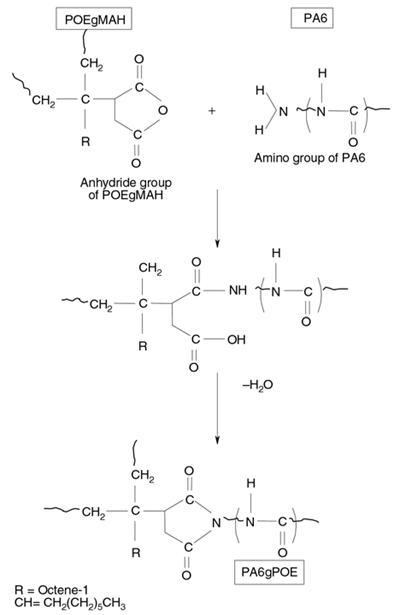
Fig. 5. Chemical reaction between PA6 and POE-g-MAH [1]

Fig. 6. Interaction between PA/PA6-g-MAH/Clay [1]
In Figure 7, morphology of PA6/PP/Organoclay/PP-g-MAH in the presence of POE and POE-g-MAH can be seen. As it has shown, the presence of POE compatibilizers in comparison to pure one, especially in high consumptions of POE-g-MAH shows a remarkable effect.
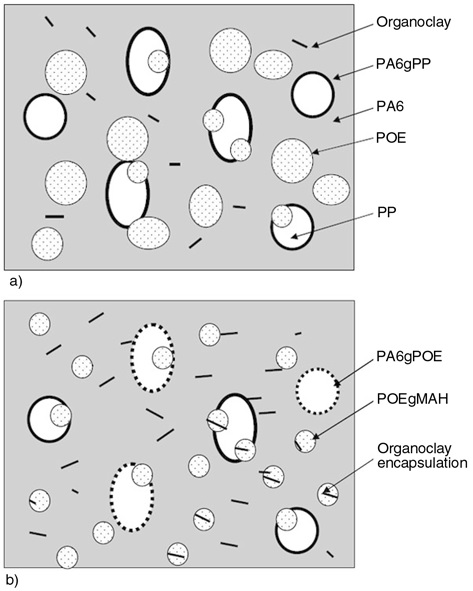
Fig. 7. Schematic of morphology of PA6/PP/PP-g-MAH/Organoclay in both states: a) in the presence of POE b) in the presence of POE-g-MAH [1]
Author: Emad Izadi Vasafi
References:
[1] Wahit, M. U., et al. “Ethylene-octene copolymer (POE) toughened polyamide 6/polypropylene nanocomposites: Effect of POE maleation.” Express Polym Lett 3.5 (2009): 309-319.


